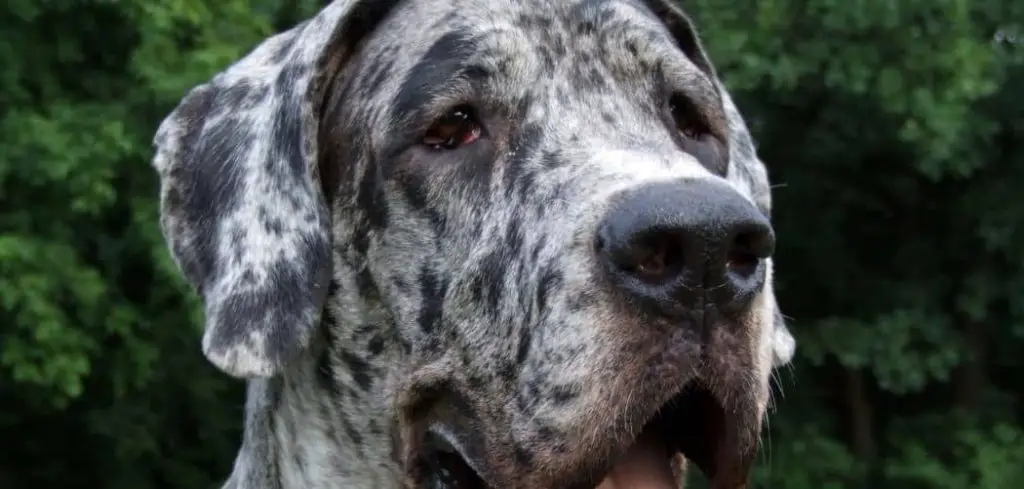When your dog is throwing up, refusing food, and just laying around, it’s a clear sign that something isn’t right. These symptoms together can signal a range of issues from mild stomach upset to serious health concerns that need immediate attention.
We outline the common causes of dog throwing up and not eating and just laying around, what you can do at home, and when to seek veterinary help.
Dog Throwing Up, Not Eating and Just Laying Around — Why It Happens
If your dog is throwing up, not eating, and just laying around, it may be a sign of a serious issue such as gastrointestinal upset, pancreatitis, toxin ingestion, or an internal blockage. These symptoms together indicate your dog is unwell.

Common Causes of Dog Throwing Up and Not Eating and Just Laying Around
1. Gastrointestinal Upset
Dogs sometimes vomit due to minor stomach bugs or eating something they shouldn’t.
This might be followed by temporary loss of appetite and fatigue. In such cases, symptoms usually resolve in 24 hours.
Eating trash, spoiled food, or unfamiliar treats can trigger vomiting and discomfort, leading to lethargy and refusal to eat.
2. Gastroenteritis
This inflammation of the stomach and intestines can result from bacteria, viruses, or toxins.
Dogs with gastroenteritis often vomit, show no interest in food, and sleep more than usual.
3. Pancreatitis
Inflammation of the pancreas is a painful condition that often leads to vomiting, anorexia, and extreme fatigue.
It can be caused by a fatty meal, underlying conditions, or no clear trigger at all.
Bloodwork and supportive care are usually required.
4. Intestinal Obstruction
If your dog swallowed a foreign object, it could be stuck in their digestive tract, leading to vomiting, inability to eat, and lethargy. This is a medical emergency that often requires surgery.
Look for signs like:
Vomiting without producing much
Belly bloating
Restlessness or whining
5. Kidney or Liver Disease
Both of these organ dysfunctions can cause vomiting and fatigue.
Dogs may drink more or less than usual and show signs of not eating, weight loss, and lying around.
Read more: Dog Diarrhea and Not Eating (When to worry)
6. Infections (Viral or Bacterial)
Parvovirus, leptospirosis, or other serious infections can present with vomiting and lethargy. Young dogs and unvaccinated pups are especially vulnerable.
Symptoms to watch for:
Bloody vomit or diarrhea
Fever
Sudden collapse
7. Toxin Ingestion
Ingesting human medications, household cleaners, or certain plants can result in vomiting and listlessness. Time is critical—seek vet care immediately if you suspect poisoning.
8. Motion Sickness or Anxiety
While less serious, stress from car rides, travel, or major changes in the home may lead to temporary vomiting and withdrawal.
Related: Dog poop like jelly with blood and not eating (Here’s why)
9. Cancer or Chronic Disease
In older dogs, vomiting and lethargy could be early signs of cancer or progressive disease. Weight loss, pale gums, and weakness may accompany the symptoms.
What You Can Do at Home
Monitor closely: Track when the vomiting started, what it looks like (e.g., bile, food, blood), and how often it’s happening.
Hold off food: If vomiting is mild and your dog isn’t showing other serious signs, you can withhold food for 12 hours and then reintroduce bland food like boiled chicken and rice.
Encourage hydration: Dehydration is a concern. Offer small amounts of water or ice chips frequently.
Rest and observe: Let your dog rest, but keep a close eye on their energy levels and whether they perk up or decline.
When to See the Vet
Contact your vet promptly if:
Vomiting lasts more than 24 hours
Your dog is lethargic or unresponsive
There’s blood in vomit or stool
Your dog refuses water
Signs of dehydration (e.g., dry gums, skin doesn’t snap back quickly)
Your dog is a puppy, senior, or has existing health issues
Key Takeaway
A dog that is vomiting, not eating, and just laying around could be dealing with anything from a minor stomach upset to a life-threatening illness.
Pay close attention to their symptoms, behavior, and how quickly they’re declining.
When in doubt, it’s always best to call your veterinarian—early intervention can save your dog’s life.
